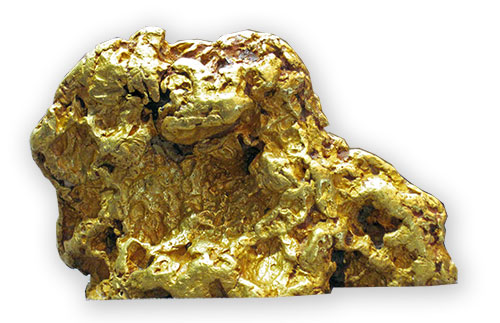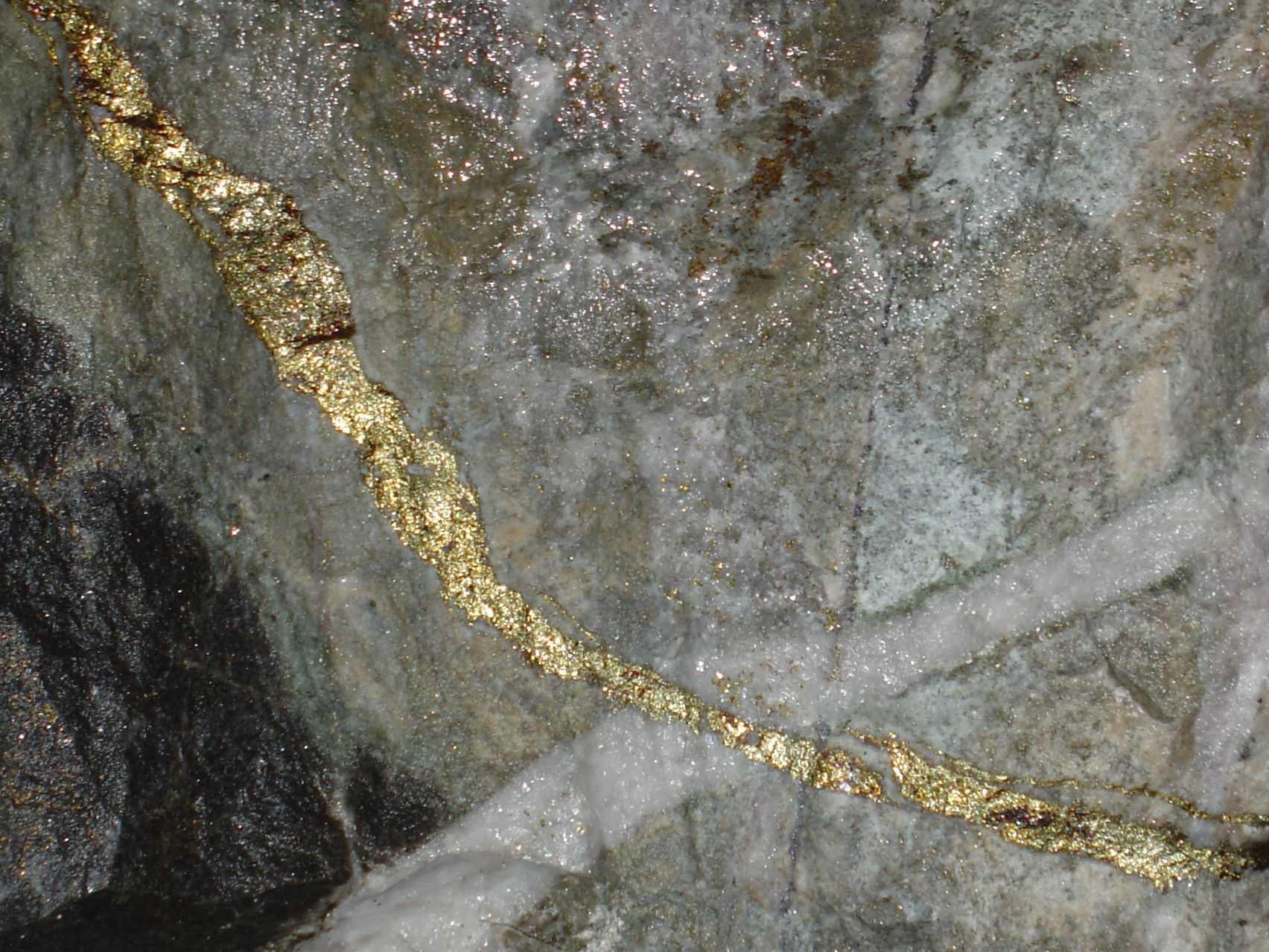A look at Natural Gold In Nature

Dig up the facts about gold's long journey to Nova Scotia and its influence on our landscape over time. Nova Scotia has a rich history of gold mining dating back to the mid-1800s. The province is known for its natural formations of gold, which have been formed through various geological processes over millions of years.
One of the most significant natural formations of gold in Nova Scotia is the Meguma Terrane, a region of rocks that were formed during the Paleozoic Era, approximately 540 to 252 million years ago. The rocks in this region were subjected to intense pressure and heat, which caused the minerals within them to metamorphose, forming gold-bearing quartz veins.
These quartz veins are one of the primary sources of gold in Nova Scotia. They are often found within granite or other igneous rocks and can vary in size from a few centimeters to several meters in width. The gold within these veins is often visible to the naked eye, appearing as small flakes or nuggets.
Another natural formation of gold in Nova Scotia is placer deposits, which are formed when gold is eroded from its original source and transported by water to new locations. Placer deposits in Nova Scotia are typically found in streams and rivers that flow through gold-bearing areas. The gold in these deposits is often found in small flakes or nuggets, and can be extracted using simple panning techniques.
In addition to quartz veins and placer deposits, Nova Scotia also has significant deposits of gold associated with sulfide minerals. These deposits are often found in volcanic rocks and are formed when gold is chemically combined with sulfur and other minerals. Extracting gold from these deposits requires more complex methods, such as flotation and roasting.
Despite its long history of gold mining, Nova Scotia's gold resources are not yet fully understood. New exploration techniques, such as geochemical and geophysical surveys, are helping to identify new gold deposits in the province. As these techniques continue to evolve, it is likely that more natural formations of gold will be discovered in Nova Scotia, providing new opportunities for the province's mining industry.
In conclusion, Nova Scotia's natural formations of gold are the result of millions of years of geological processes, including metamorphism, erosion, and chemical reactions. These formations include quartz veins, placer deposits, and sulfide-associated gold deposits. With new exploration techniques, the province's gold resources are still being discovered, highlighting the continued importance of mining to Nova Scotia's economy.

